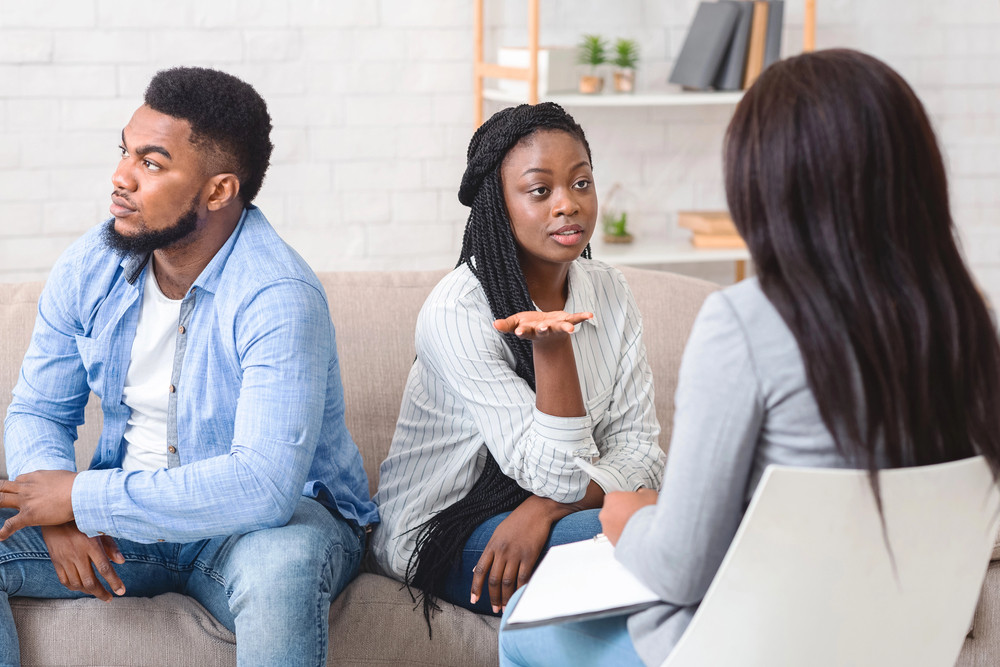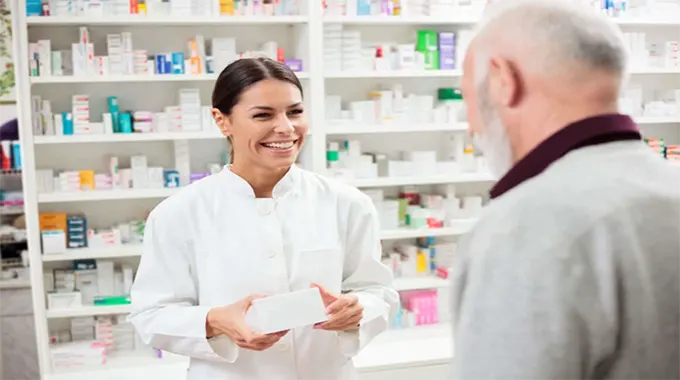 Posted On
Posted On
All About Paediatric Early Warning Score (PEWS)
:max_bytes(150000):strip_icc()/GettyImages-562434245web-56f170575f9b5867a1c6bc45.jpg) Posted On
Posted On
When a child is ill, observing their vital signs and observations are critical in assessing their clinical status. By making use of the Paediatric Early Warning Score (PEWS) system, healthcare professionals can more quickly recognise the severity of the illness and what the best way is of managing any deterioration.
Vital signs and clinical judgement
Clinical observations should be made around these vital signs specifically:
- Respiratory rate
- Heart rate
- Blood pressure
- Peripheral oxygen saturation (SpO₂)
- Temperature
- Level of consciousness using the alert, voice, pain, unresponsive (AVPU) scale
- Oxygen therapy
- Capillary return time
You will need to make a professional clinical judgement based on what you’re observing in the patient in front of you. The next course of action can then be decided, in conjunction with other healthcare professionals. Essentially, the PEWS system offers a way of benchmarking and therefore planning a way forward.
If a child is regularly assessed and the outcome recorded, then observations made can help to indicate the likelihood of serious deterioration. It also helps decide a child’s likely response to treatment.

What are the benefits of PEWS?
Making regular observations over a period of time builds up a better picture of a child’s clinical status that can be shared with other team members.
Another benefit is that observations can be made about how parameters interact with each other. For instance, a raised heart rate should then lead to a healthcare practitioner looking at capillary refill time and blood pressure to give a clearer idea more generally.
Do you work within the healthcare sector and regularly assess sick children? Perhaps you’d like to find out more about the PEWS system?
If so, why not sign up for our flexible, interactive our one-day CPD course The deteriorating child. Aimed at a broad range of healthcare disciplines including paramedics, nurses, pharmacists, health visitors and other allied healthcare professionals, this popular course is worth 7 hours of CPD.
It’s designed to help health professionals understand the anatomy, pathophysiology and physiology of very sick children in primary care settings. These paediatric patients may appear haemodynamically stable for protracted periods before sudden, rapid, catastrophic collapse. The course will give clinicians the tools to apply a structured patient assessment, enabling them to safely identify and manage patients who are most at risk.
The next one is being held on the 12th June 2020 at Hamilton House in London, but spaces fill up quickly so make you book up early. All course material and refreshments are provided.










